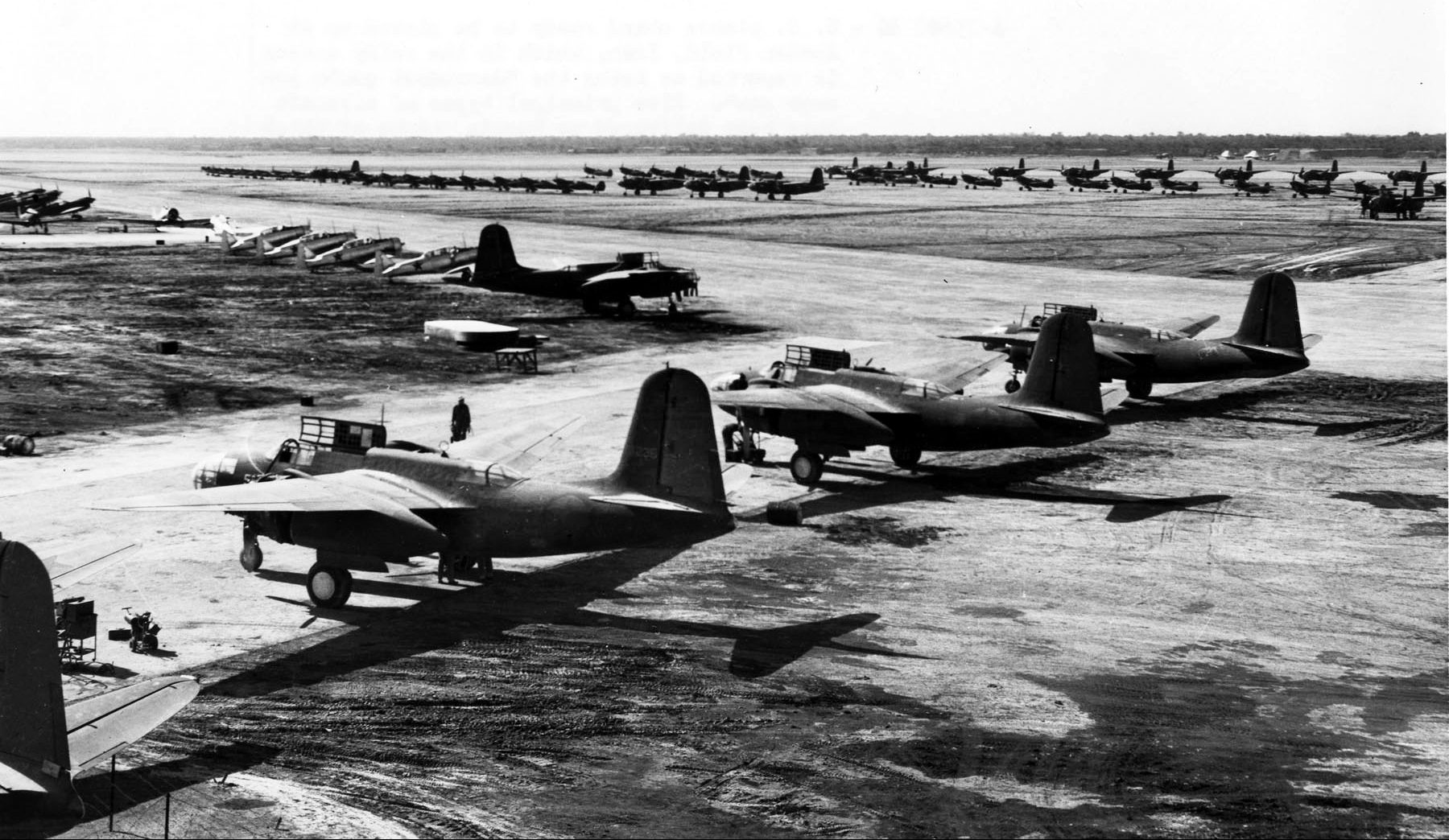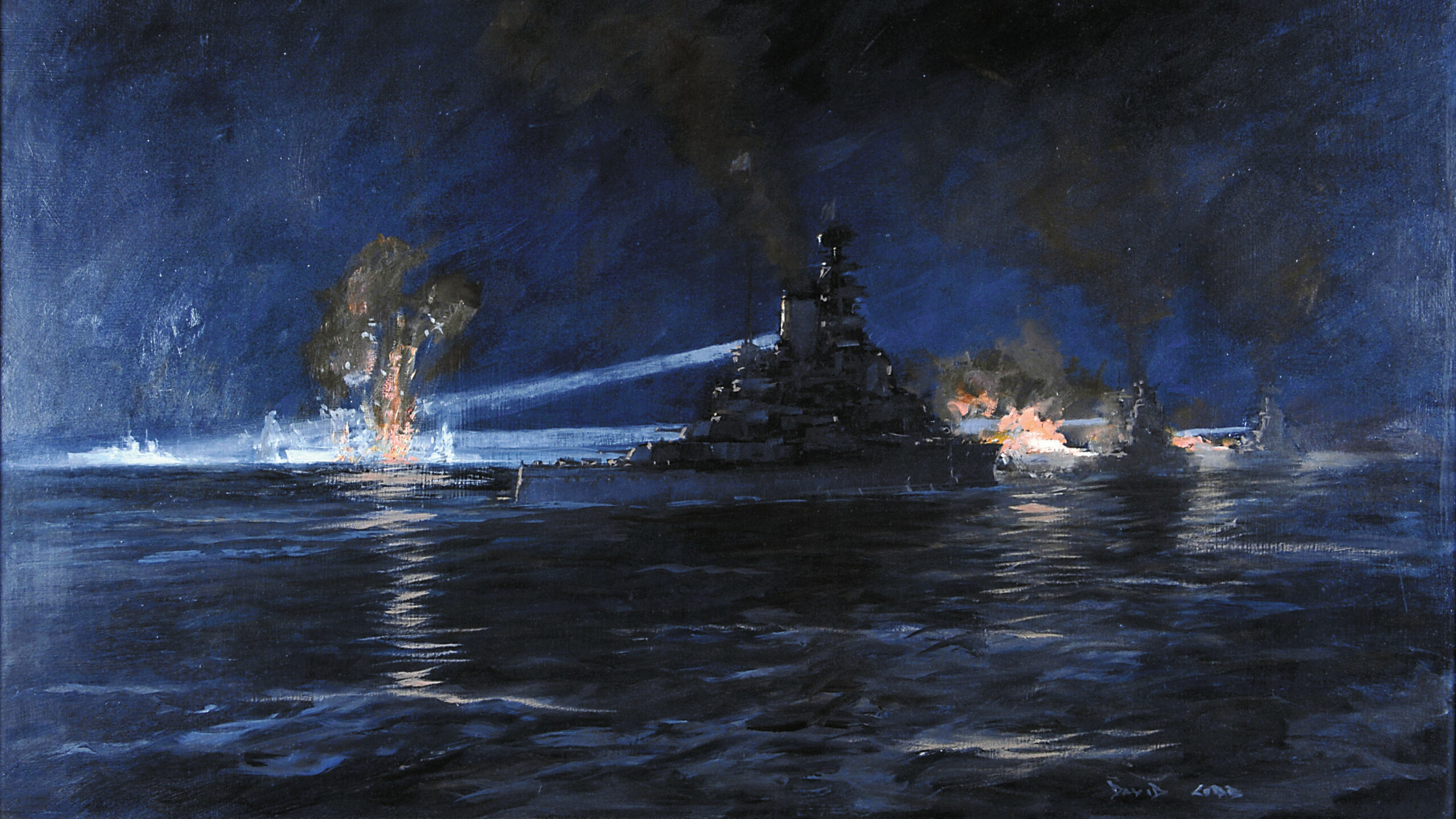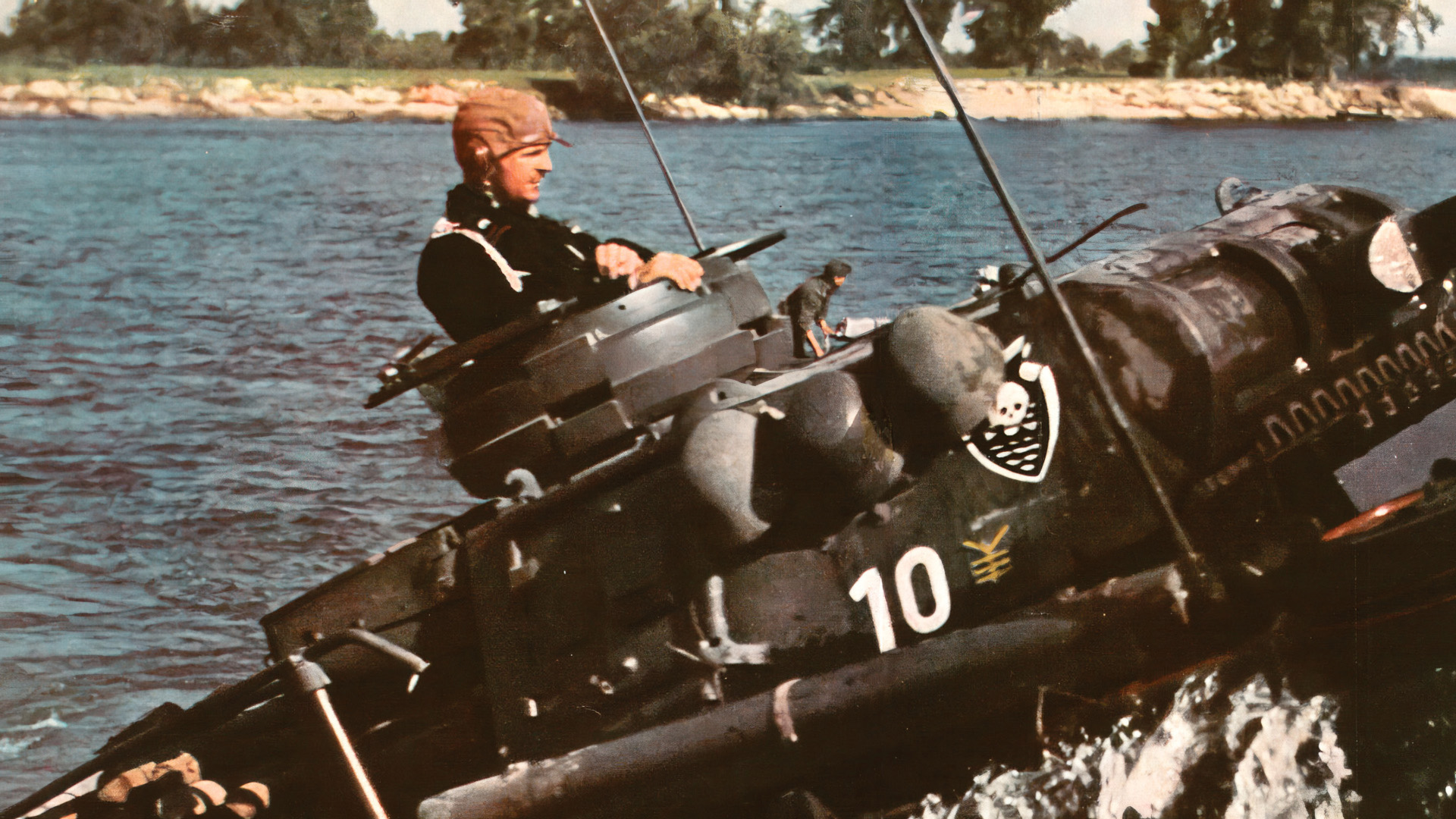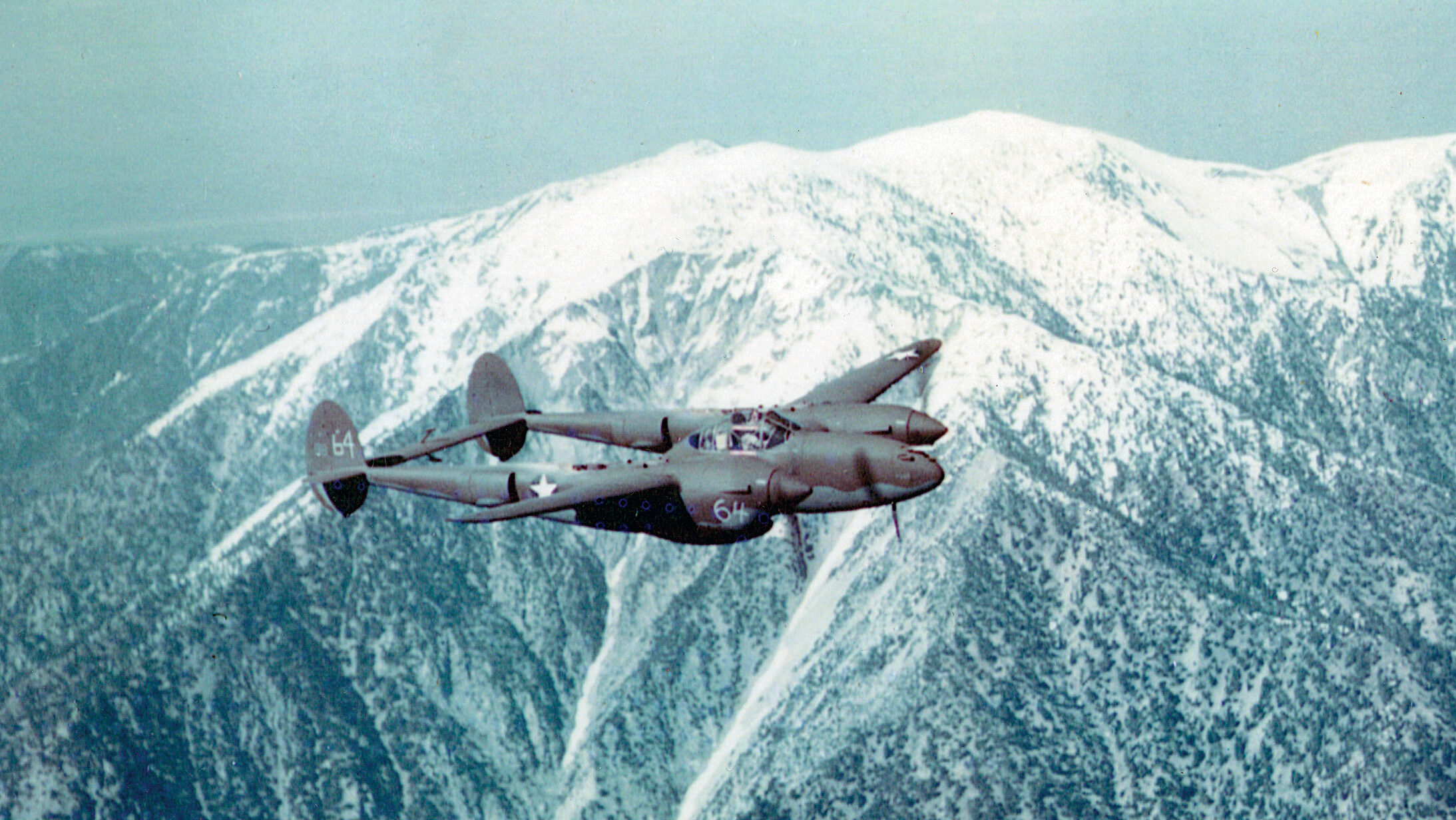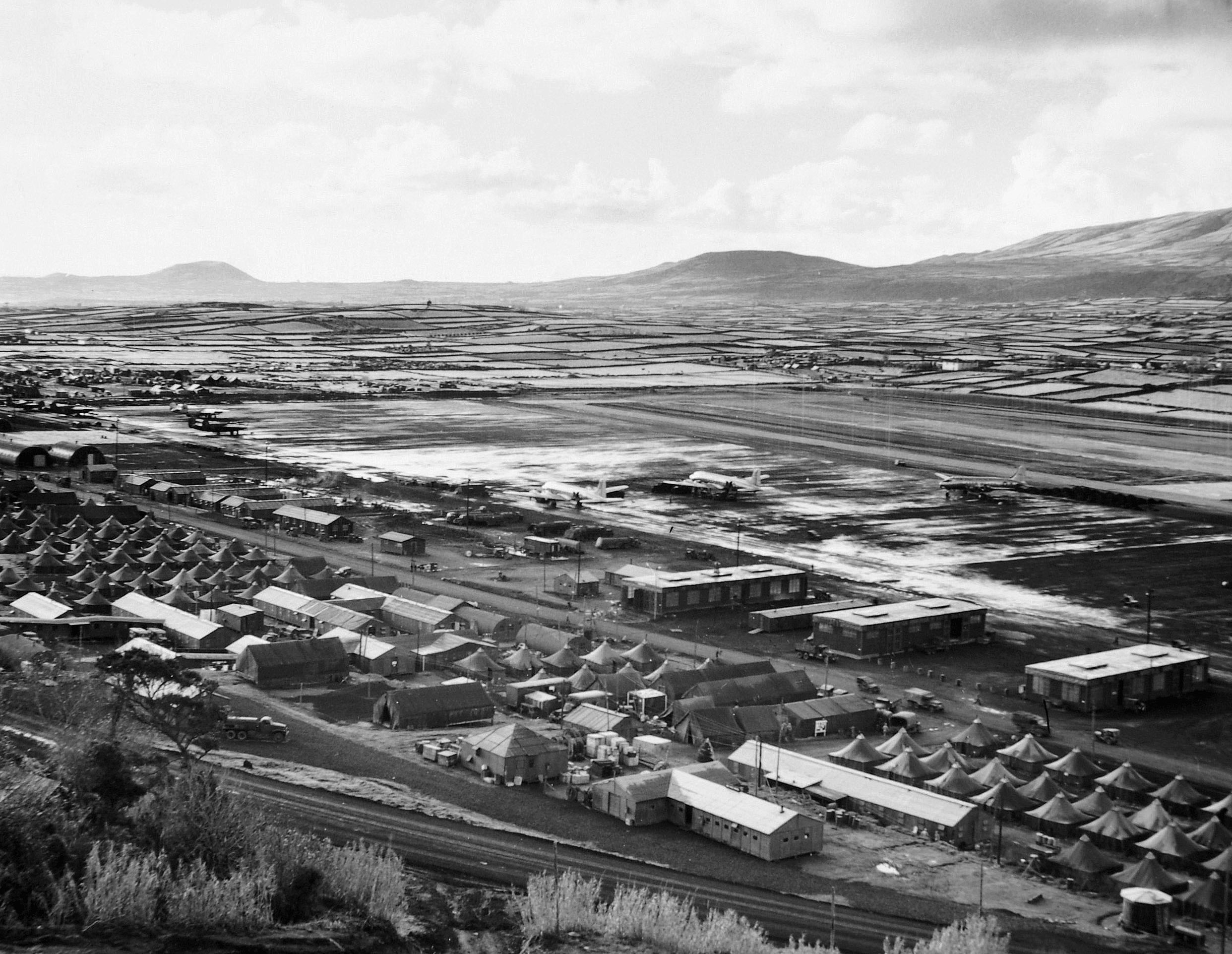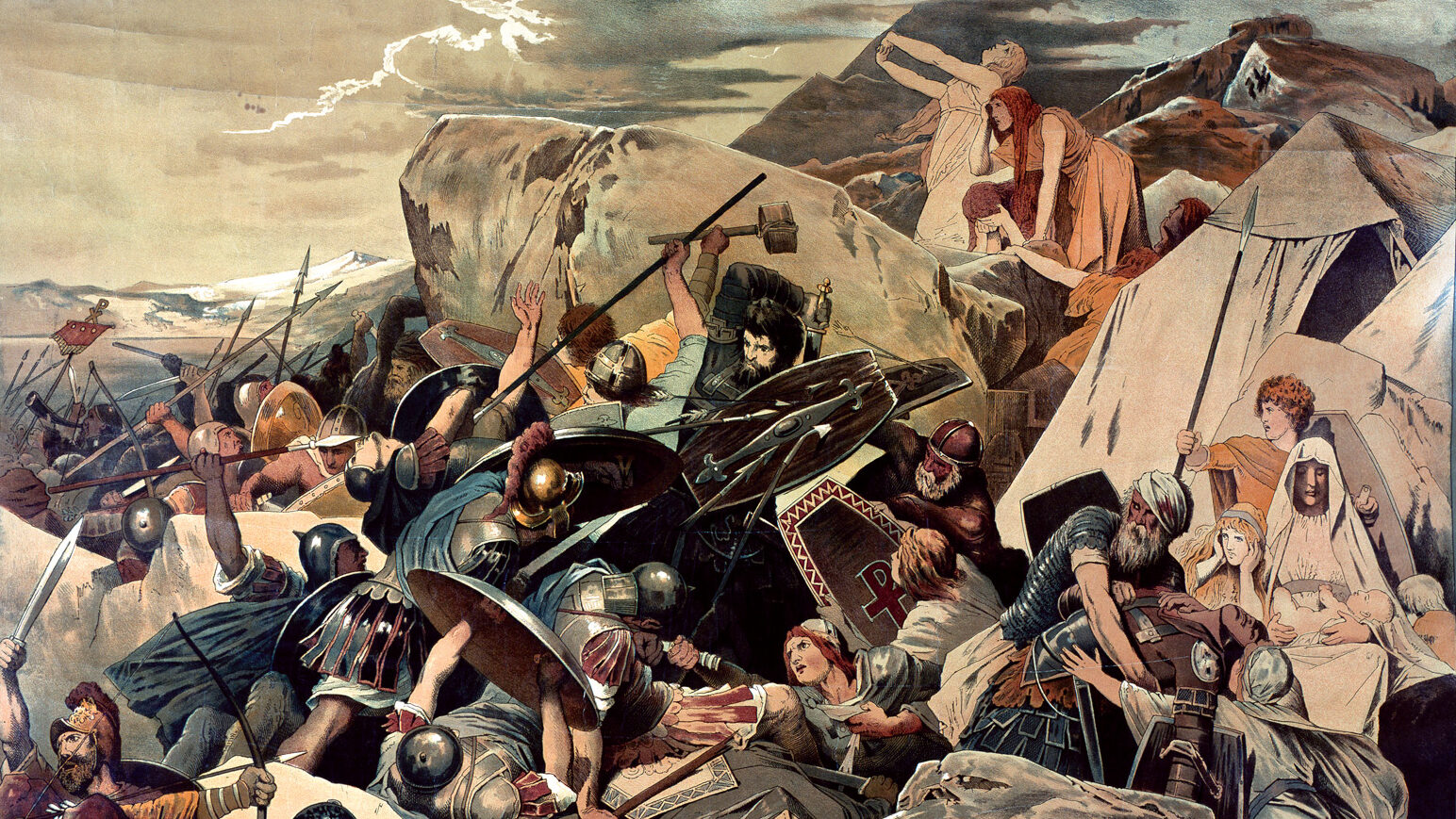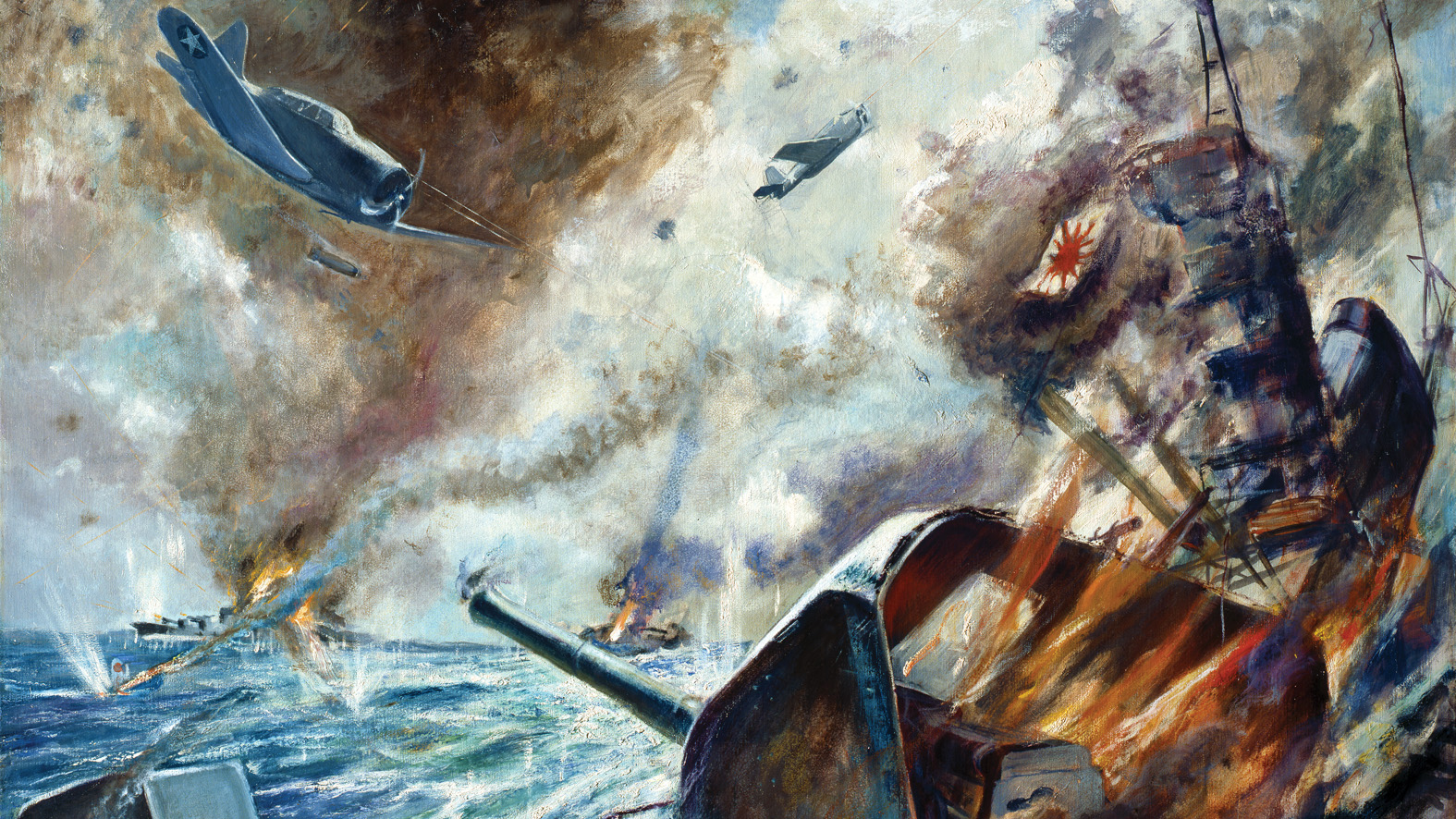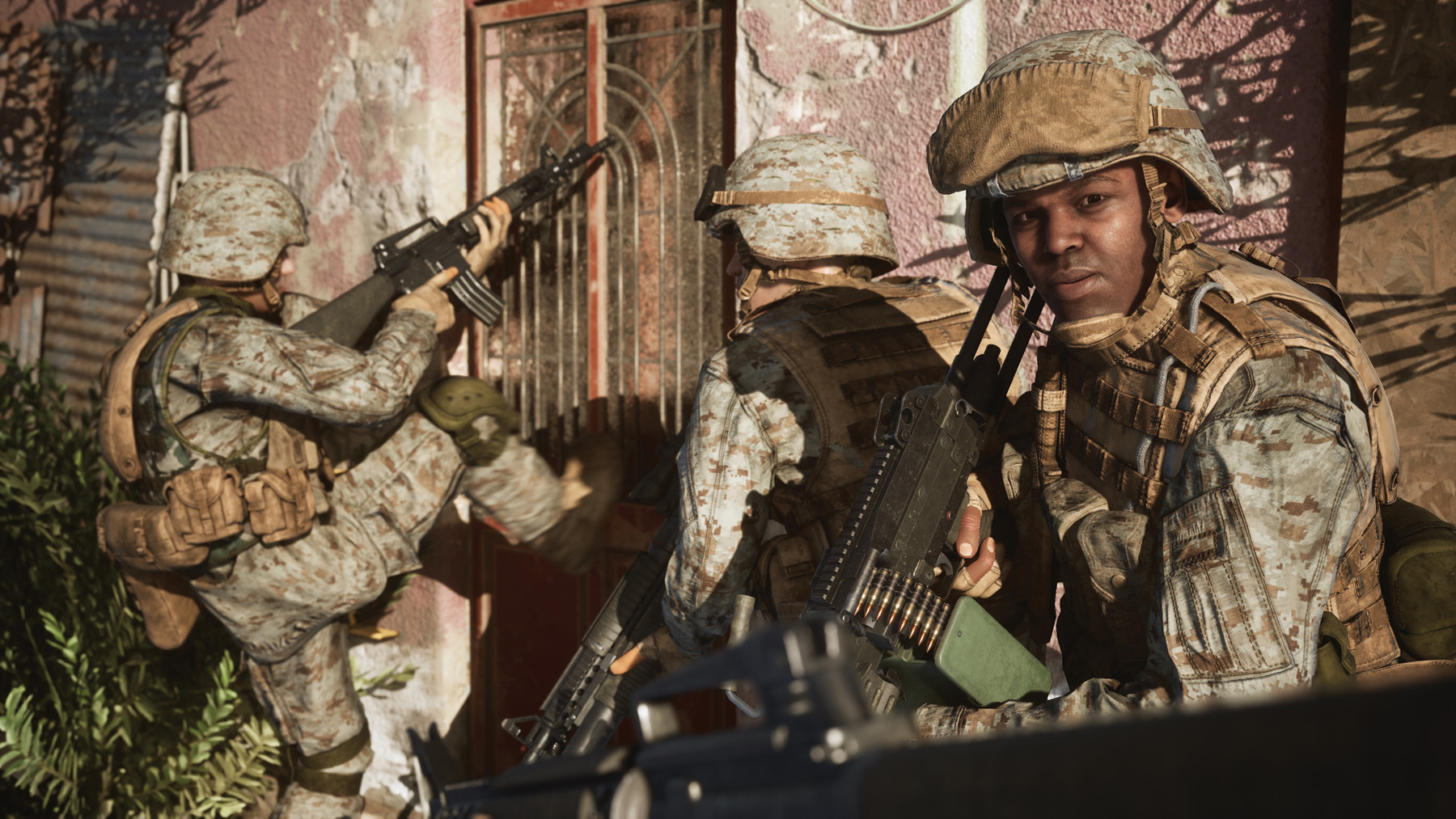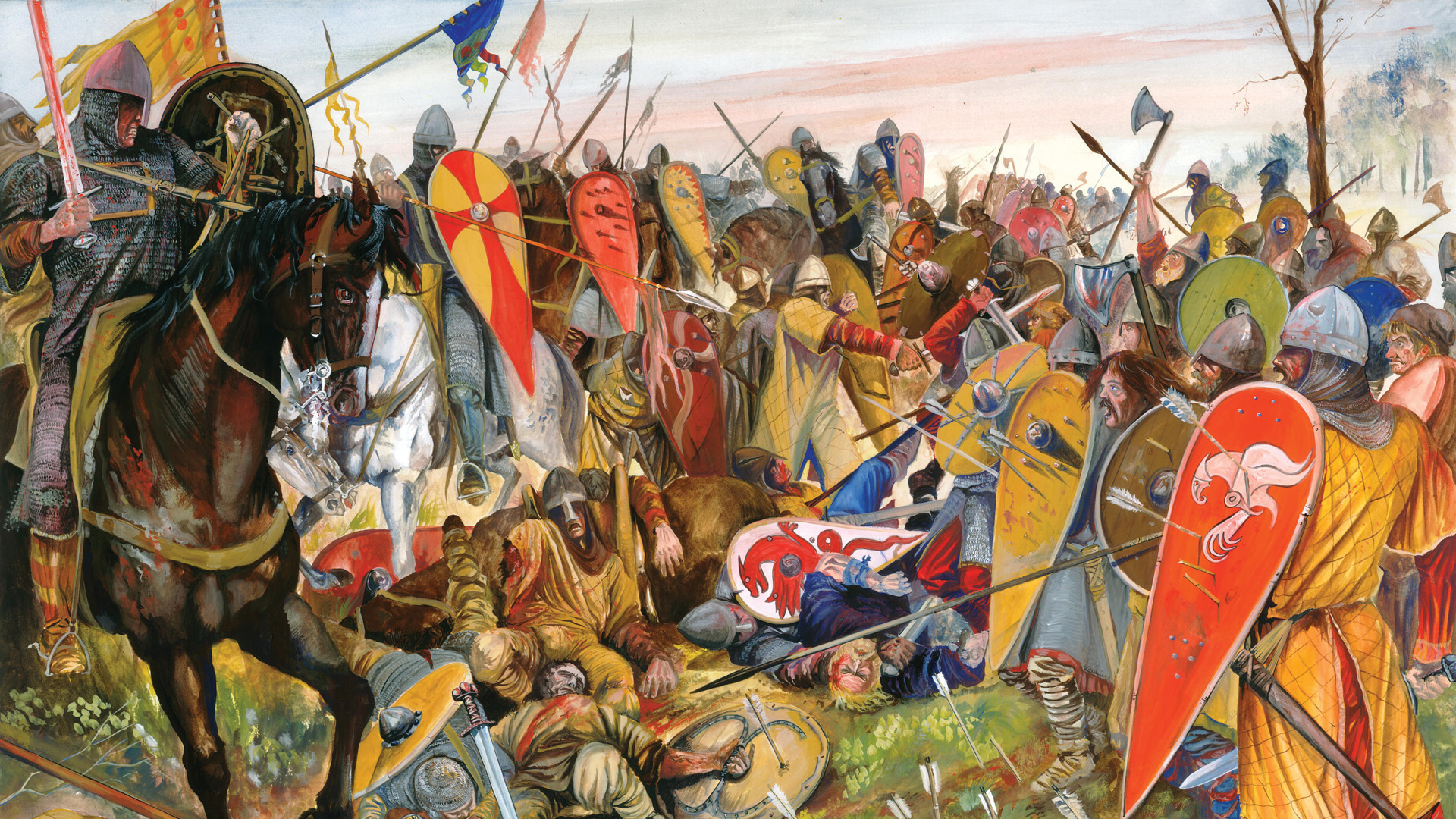By Robert F. McEniry
Following the apocalyptic initial phase of Operation Barbarossa starting on June 22, 1941, the Germans inflicted crippling losses on the Red Army Air Forces (VVS) and the Soviet Naval Air Forces (VVS-VMF).
By the end of 1941, the Soviets had lost a staggering 9,173 aircraft, a number that could not possibly be replaced quickly. Desperate for replacement aircraft, the Soviets turned to the British and Americans under the Lend-Lease program. While the Russians did not get the Boeing B-17 Flying Fortress or Consolidated B-24 Liberator bombers they wanted, they got the dependable and capable Douglas A-20 Havoc, which turned out to be what was needed.
The Douglas A-20, known as the Boston to the Soviets, evolved from the Douglas 7A project, whose lead engineer was Ed Heinemann. The project manager was the legendary John K. “Jack” Northrop. A twin-engine, shoulder-wing, high-speed bomber with a payload of 1,764 pounds, the 7A was armed with three .30-caliber machine guns in the nose (fixed, forward firing), dorsal, and ventral positions and had a crew of three. In response to a U.S. Army Air Corps competition for a new attack bomber, a scaled-up version of the 7A, the 7B, was developed with a greater wingspan, tricycle landing gear, and more powerful engines to give a maximum speed of 325 miles per hour and a payload capacity of 2,400 pounds. Armament was increased to four fixed, forward-firing .30-caliber machine guns and three flexible .30-caliber machine guns in dorsal and ventral gunner positions.
When the Soviet Union entered the war and requested Lend-Lease aircraft, the British immediately sent 277 Bostons from one of their own orders to the Russian port of Murmansk. The VVS had priority requirements for the Bostons to help counter the ground invasion of the Nazis. The VVS would use the A-20 Boston in the roles of tactical day and night bomber, reconnaissance aircraft, night fighter, and intruder aircraft. The VVS-VMF would also use the A-20 as a high-level bomber and reconnaissance aircraft, but also in roles that no other nation had before: as a torpedo bomber and minelayer aircraft, as well as a low-level, anti-shipping strike aircraft.
The VVS-VMF received a total of 663 A-20 bombers of all types out of a total of 2,771 Lend-Lease aircraft received by the Soviet Union. The majority of A-20s received were the of A-20G variety, with six forward-firing .50-caliber machine guns, a pair of .50-caliber machine guns in a dorsal turret, and a single .50-caliber machine gun in the ventral tunnel gunner position. The VVS-VMF modified these aircraft by installing special external bomb racks so that they could carry not only Soviet FAB 100kg, 200kg, and 500kg bombs, but also FAB 1,000kg (2,200-pound) bombs. The VVS-VMF also installed special external racks to allow the dropping of torpedoes. While the A-20 in theory could carry two airborne torpedoes externally, in practice the A-20 would only carry one torpedo to enable greater range.
The Soviet A-20s were also modified to drop air-delivered sea mines, such as the AMG-1, AMD 500kg, and AMD 1,000kg variants. Soviet A-20s were normally flown with three- or four-man crews. So important did the Soviets consider having a navigator as part of the crew that when they received A-20G models with a solid nose containing six .50-caliber machine guns, they often replaced the solid nose with a clear nose compartment for a navigator, retaining just the two lower machine guns.
Soviet A-20 units were organized into nine-plane squadrons and were grouped into 30-plane regiments of three squadrons and a three-plane headquarters section. In the VVS-VMF, the A-20 units were called Mine Torpedo Aviation Polk (MTAP) (a Polk being a regiment).
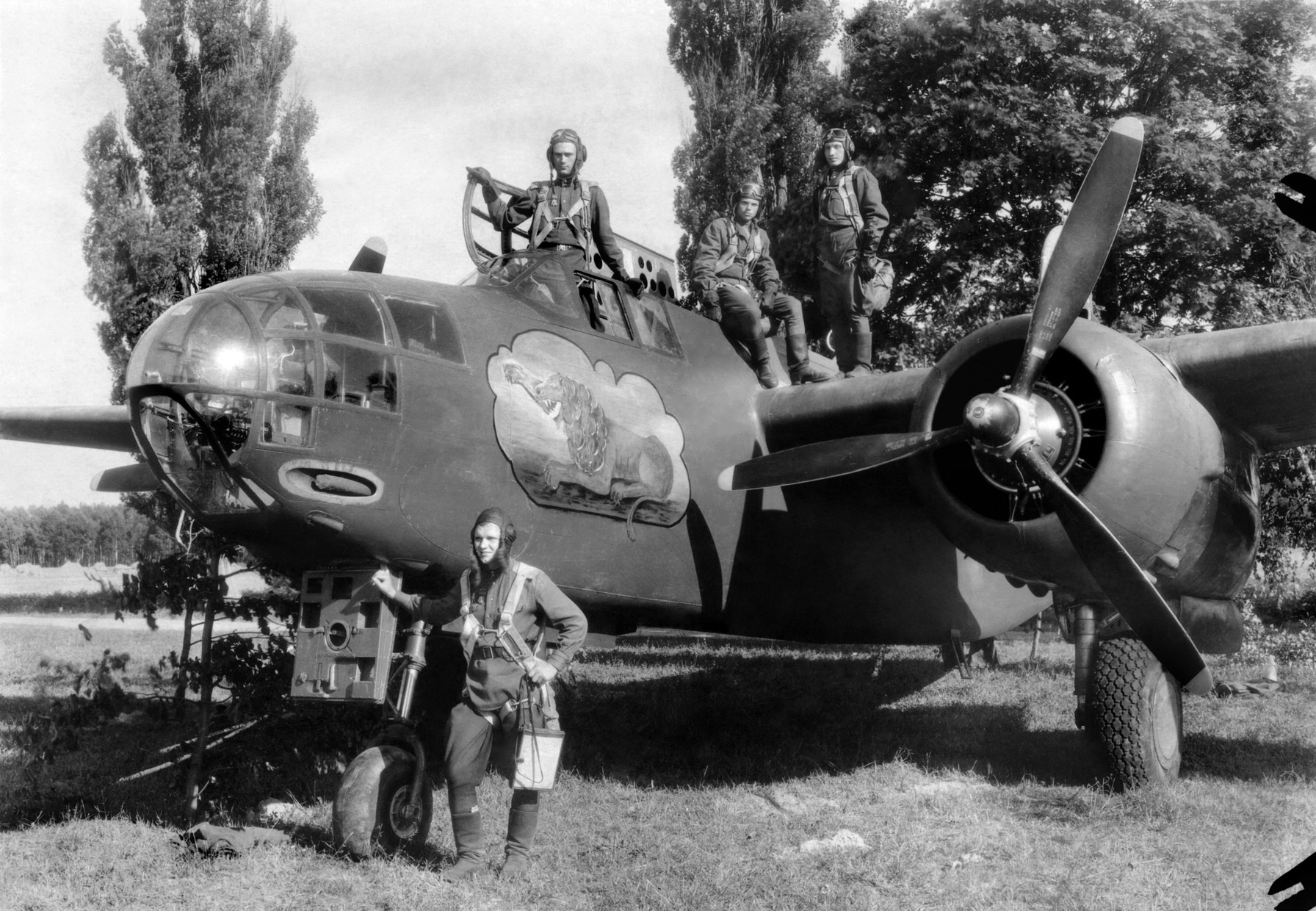
The VVS-VMF concept of anti-shipping strike operations began with air maritime reconnaissance (sometimes with A-20 aircraft) locating Axis ships or convoys. A naval air strike would then be generated by VVS-VMF units assigned to their respective fleets. The strike would consist of one squadron or one regiment of Ilyushin IL-2 Sturmovik assault aircraft, whose job was to strafe the decks of the escort vessels to reduce the effectiveness of the antiaircraft fire. This would be followed up by a dive-bomber attack by Petlyakov Pe-2 aircraft if available, then followed by either a torpedo attack or low-level bombing attack by A-20 Bostons. The whole formation would receive fighter escort by up to one regiment of VVS-VMF fighters, which might include Bell P-39, Curtiss P-40, Hawker Hurricane, or Yak fighters, depending on the area.
The Soviets had learned in 1943 about the “skip bombing” technique (in which an aircraft attacks a ship by skipping the bomb across the water like a stone) perfected by the Americans in the South Pacific. The Russians referred to it as “mast height bombing” instead of “skip bombing,” but the technique was the same.
When it came to aerial sea mining, the technique used by the Soviets was to have individual A-20s carrying mines fly out at night using dead reckoning or radio beacon homing to drop mines outside of harbors or fjords in shipping channels.
Each Red Banner fleet was assigned MTAP units, including the Black Sea Fleet (VVS-VMF-ChF), Northern Fleet (VVS-VMF-SF), Baltic Fleet (VVS-VMF-KBF), and Pacific Fleet (VVS-VMF-ToF). The combat activities of the A-20 MTAP units were as unique as the different theaters they operated in.
In support of the Red Banner Black Sea Fleet (VMF-ChF), A-20 aircraft gradually replaced IL-4 aircraft in various units starting in the spring of 1943. By this time, the Wehrmacht and Luftwaffe had pushed the Soviets and Black Sea Fleet back to ports in the Caucasus on the Black Sea. The Black Sea Fleet surface units were mostly bottled up in Caucasus ports, and the main fight by the Black Sea Fleet against Axis naval forces and convoys was done by submarines and torpedo boats, with spotty success.
As additional IL-2, Pe-2 and A-20 aircraft became available, ever-increasing air attacks took place against Axis shipping and naval bases. The attacks by VVS-VMF-ChF aircraft against Axis shipping caused the German and Romanian naval commanders to conduct more operations at night or with air escort. This resulted in the Soviet naval air units, including the A-20-equipped 36 MTAP, 13 GMTAP, and 5 GMTAP, redoubling their attacks on the naval bases and ports of Kerch, Feodosiya, Ivan Baba, and Sevastopol in the Crimea. These units also participated in nocturnal aerial-mining operations outside these ports.
As the Soviet armies pushed the Germans westward, they were able to bottle up over 170,000 Axis troops in the Crimea, and as the Germans retreated, the Black Sea Fleet got closer and closer to the Crimean ports and could launch larger and more destructive bombing raids. The Germans had a difficult time deterring these attacks, as many Luftwaffe units had been withdrawn to Germany to defend against Allied heavy bombing raids.
Romanian Navy units supported by Kriegsmarine E-boat and R-boat flotillas started to withdraw German and Romanian ground forces from pockets of resistance on the Crimean coast in April 1944. The Soviets stepped up the submarine and torpedo boat attacks against the troop convoys, but they especially increased the volume and ferocity of the air attacks by VVS-VMF aircraft. On April 18, the Romanian motor vessel Alba Lulia left Crimea escorted by the destroyer NMS Marasti, gunboat Ghiculescu, a subchaser, and an R-boat. After a Soviet submarine attack was repelled at 1220 hours, four Il-4s from 5th GMTAP dropped bombs from 1000 meters and missed.
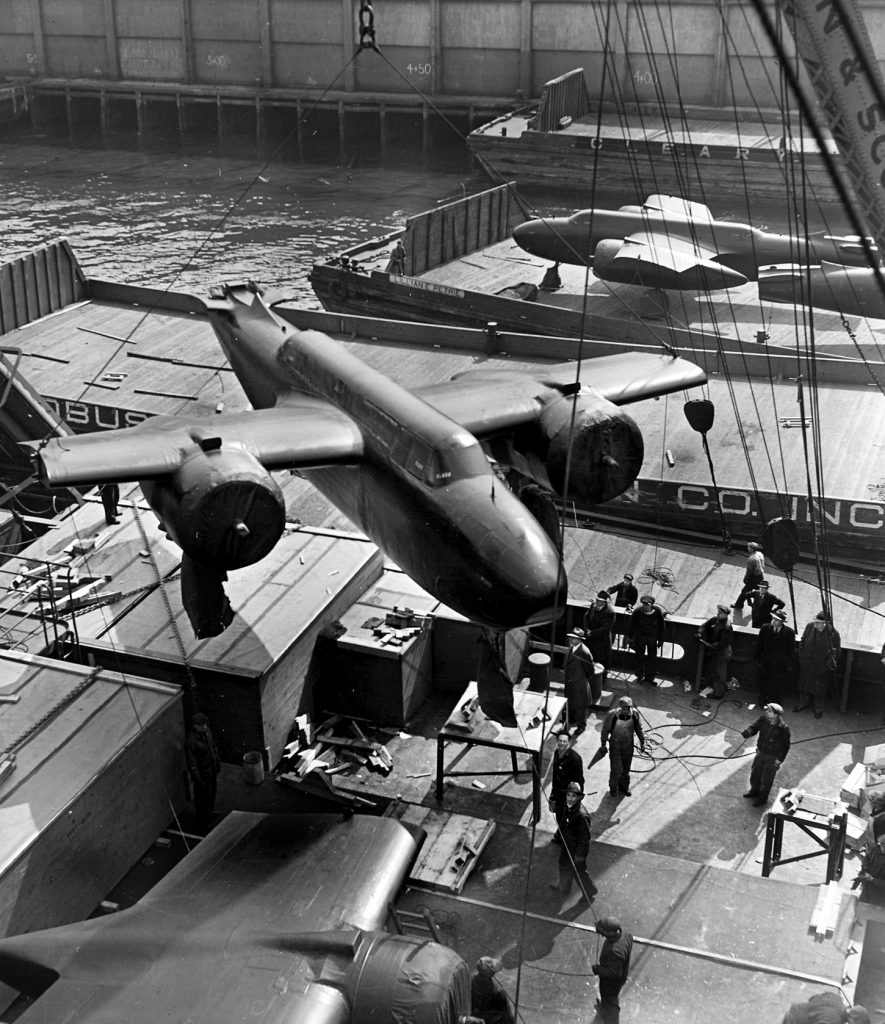
At 1237, four A-20Gs of 36th MTAP attacked in a dive out of the sun, and bombs fell close to the Alba Lulia, blasting a large hole in the hull. Another bomb demolished a storage room and killed some 500 Soviet POWs. The Alba Lulia stayed afloat and was attacked again at 1320, first by three A-20s that dropped bombs killing soldiers swimming in the water, and then by five torpedo-carrying A-20s that missed their target. Two A-20s were shot down.
The Alba Lulia was towed to Constanta and never left port again.
Bad weather hindered Soviet air attacks for several days, but on April 22, a dozen A-20Gs from the 13th GDBAP under the command of Podpolkovnik Mikhail Kurochkin scored bomb hits on the tanker ship Ossag, which was badly damaged and eventually sank. German fighter escorts shot down two of the A-20s, while two Messerschmitt Me-109 fighters of 6/JG 52 were shot down by the A-20 gunners; a third A-20 crashed due to engine failure.
As the German and Romanian ground forces retreated back into Romania, the Black Sea Fleet Naval air forces attacked coastal naval traffic, and the A-20 MTAP units air-dropped mines off the ports of Sulina, Varna, and Constanta. These aerial-mining efforts paid off on June 18, when the subchaser UJ316 sank off Sulina, and on June 23, when the subchasers UJ307 and UJ2306 were sunk off Varna.
The Soviets launched their final offensive to knock Romania out of the war on August 20, 1944. On the same day, the VMF-ChF launched a massive air raid on the port of Constanta. The raid consisted of 62 Pe-2 and 14 A-20G bombers from the 40th BAP and 13th GDBAP plus 80 IL-2 and Yak-9 fighters. The attack went in waves, with smoke bombs dropped to help mask the aircraft from antiaircraft gunners. The raid was devastating, with three German U-boats, eight S-boats, one R-boat, three Romanian mini-submarines, one MTB, and a tanker sunk. Two destroyers and numerous smaller ships were damaged or sunk. The raid effectively ended the threat from Axis naval forces in the Black Sea. Romania declared a cease-fire and armistice on August 23 and signed an unconditional surrender two weeks later.
The Soviet’s VMF-SF (Northern Fleet) aviation began to incorporate A-20 units during the spring of 1943. The Northern Fleet’s A-20s were with the 9th MTAP and the 118th ORAP Reconnaissance Regiment. The 36th MTAP moved up from the Black Sea Fleet and joined Northern Fleet Aviation in the summer of 1944. Northern Fleet Aviation was responsible for attacking Axis coastal shipping, naval forces, and bases along the Finnish and Norwegian coasts. The Northern Fleet A-20s were also required to provide air support to Northern Fleet naval-infantry units and to insert Northern Fleet naval scouts by parachute and then resupply them. A-20s were added to the fleet in 1944.
The Soviet Northern Fleet Commander Admiral Arseniy Golovko launched three coordinated anti-shipping campaigns, known as RV-1/2/3. These campaigns, from January-April 1944, only resulted in two ships sunk and two damaged by A-20s, while submarines and torpedo cutters sank several additional vessels. From May 11-29, 1944, Operation RV-4 was launched, with even fiercer submarine, naval aviation, and torpedo boat attacks. After a German convoy was located by a Soviet Pe-2 reconnaissance aircraft on May 11, one attack by six Il-4 torpedo bombers with five fighters did not score. A second attack by five A-20 torpedo bombers and 10 fighters sank the escort ship V6113. From May 13-14, a total of 10 attacks and 217 sorties were flown against the convoy, resulting in the sinking and damaging of numerous ships by A-20s and other Soviet aircraft.
The Soviets were already planning for the Petsamo-Kirkenes Operation, an offensive to eject the Germans from parts of northern Russia, Finland, and Norway. The Soviet 14th Army, 7th VVS Air Army, and Northern Fleet warships, naval aviation, and naval-infantry units started their joint operation to expel the German XIX Mountain Corps and associated Luftwaffe and Kriegsmarine units on October 7, 1944.
In support of the land offensive, the Northern Fleet conducted over a dozen submarine attacks, three major torpedo boat attacks, and multiple major airstrikes against German ships and arctic ports. Soviet A-20s were credited with sinking the repair ship Sudmeer (with aerial torpedoes), the minesweeper R301, patrol vessel V6111, and additional vessels in Kirkenes harbor. Soviet Naval aviation sank over a dozen vessels and also provided air support to Soviet naval infantry. A-20s also air-dropped supplies to Soviet naval commandos.
The offensive totally unhinged the enemy defenses, and the Germans retreated, leaving behind over 90,000 tons of supplies. Major combat operations for the Northern Fleet ended on October 26, 1944.
In the Baltic, the VMF-KBF (Baltic Fleet) aviation started incorporating A-20s in their MTAP units in early 1944. The units equipped with the A-20 included the 1st GMTAP, which converted from IL-4 bombers, and the newly created 51st MTAP, as well as the 15th ORAP Reconnaissance Regiment. The Baltic Fleet had been bottled up in the Gulf of Finland and their base at Kronshtadt due to German control of the coasts and skies, as well as naval mines that kept their submarines and other ships trapped in the gulf.
In the spring of 1944, as the Red Army began its offensives to relieve Leningrad and drive Finland out of the war, the Baltic Fleet was eager to strike at Axis shipping with its submarines, torpedo boats, and especially naval aviation. The 51st MTAP and 1st GMTAP launched attacks against Axis minelayers and escort ships maintaining the minefield belts in the Gulf of Finland. Single A-20Gs armed with torpedoes prowled the Gulf of Finland looking for these Axis ships. On May 26, 1944, an A-20 from the 1st GMTAP torpedoed and sank the German ship Ingeborg. Air raids were then conducted against ports on the Finnish Gulf.
The Soviet offensive started on June 20, 1944, and the 1st GMTAP and 51st MTAP had a special target in mind on the Karelian Front. The main defense line separating Soviet and Finnish forces was the Svir River, where a hydroelectric dam named Svir-3 provided both power and flood control. The Soviets were worried that the Finns would open the floodgates to swamp the planned Soviet amphibious attack across the Svir, so the 1st GMTAP and 51st MTAP were tasked with destroying the dam.
During two days of operations, A-20s from the 51st MTAP and five IL-4s from the 1st GMTAP flew 24 sorties against the Svir-3 Dam. Four of the A-20 bombers were equipped with external racks for carrying two 1,000kg bombs, or one 1,000kg and one 500kg bomb. The rest of the aircraft would be carrying four 250kg bombs. All of the bombs were equipped with 22-second time-delay fuses to allow the aircraft to escape prior to the explosion. The tactic was to come in with 12-13 aircraft with fighter escort and drop the bombs near the rear face of the dam so that they would sink and then explode. The first sorties against the Svir-3 dam started on June 20. A total of 24 bombs were dropped, including four 1000 kg bombs, and 16 bombs stuck the dam. On June 21, the dam was effectively destroyed as a large hole was blown in the structure. The Soviet Army commenced its amphibious landings to start the Svir–Petrozavodsk Offensive that same day. This was all accomplished at the cost of one IL-4 shot down.
The 51st MTAP and 1st GMTAP A-20s returned to attacking Axis shipping in the Baltic, and numerous German minesweepers and landing barges and Finnish gunboats were damaged or sunk. On June 23, the German destroyer Z-29 was seriously damaged by A-20s and put out of action for 8 months.
In July 1944, a Soviet reconnaissance flight photographed the Kriegsmarine flak ship Niobe in the Finnish port of Kotka. Niobe, the former Dutch armored cruiser Gelderland, carried four 105mm, four 40mm, and four quad-barreled 20mm antiaircraft guns, plus Wurzburg radar. Niobe had been sent to defend Kotka harbor against Soviet air raids. The port itself was also heavily defended by an assortment of antiaircraft guns.
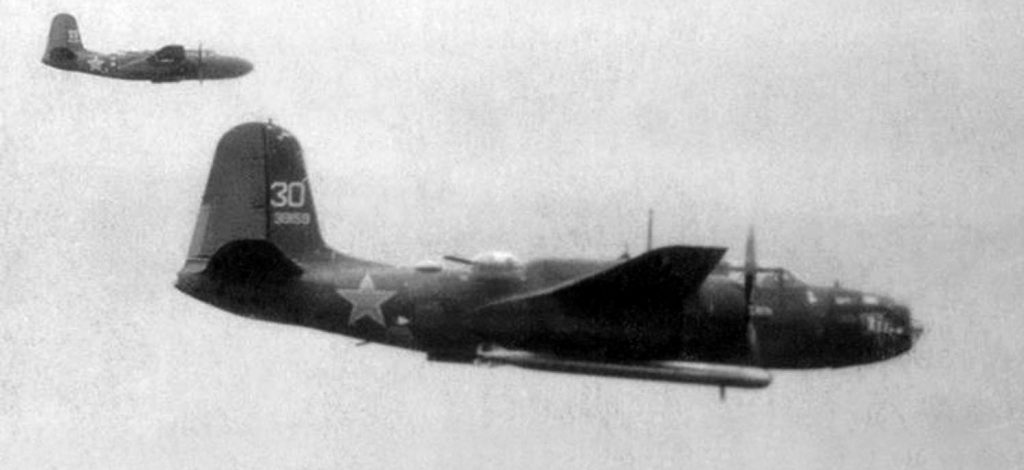 The Soviets executed a large raid to destroy the warship. Il-2s bombed the shore-based antiaircraft guns, and Pe-2s bombed Niobe in three waves, scoring four direct hits and six near-misses. Four A-20s from the 51st MTAP then came in at mast height and sank Niobe with two 1,000kg bombs. The Soviets lost six Pe-2s, two A-20Gs and one Il-2 shot down. The Germans lost 70 killed and 83 wounded from the ship’s complement of 370.
The Soviets executed a large raid to destroy the warship. Il-2s bombed the shore-based antiaircraft guns, and Pe-2s bombed Niobe in three waves, scoring four direct hits and six near-misses. Four A-20s from the 51st MTAP then came in at mast height and sank Niobe with two 1,000kg bombs. The Soviets lost six Pe-2s, two A-20Gs and one Il-2 shot down. The Germans lost 70 killed and 83 wounded from the ship’s complement of 370.
The Soviets soon resumed their attacks on Baltic shipping, with A-20s sinking the merchant ship Hochsee. The Finnish minelayers Vippula and Mercurius were sunk with one A-20 torpedo as they were docked together. A total of 21 German minesweepers, barges, and patrol ships were sunk or damaged in the Baltic by the VMF-KBF. The Finns signed an armistice on September 15, 1944, but the Soviet A-20 MTAP units continued their attacks on German shipping.
On September 18, the 51st MTAP sank the torpedo boat T-18, which had the same relative size and firepower as an Allied destroyer. On September 22, the merchant ship Moero was sunk off Riga, Latvia, by an aerial torpedo from a 51st MTAP A-20, with a loss of 655 German soldiers. That same day, 51st MTAP A-20s damaged the merchant ships Sumatra and Malaga. During the month of September, the 51st MTAP claimed a dozen ships sunk or damaged. In October, A-20 torpedo bombers were credited with 19 merchant or small warships sunk. Poor weather in the months of November and December limited the number of aerial attacks by the Soviets, but from October 1944 to January 1945, the A-20s dropped several hundred mines in the Baltic ports in Latvia and Estonia to hinder German shipping.
On October 31, 1944, five Soviet A-20Gs attacked the SS Bremerhaven and sank her with one aerial torpedo and two bomb hits, killing 410 passengers and crew. Additional major air raids were launched on the port of Liepaja on December 14 and 22, while A-20s sank a total of five merchant ships on those days.
In January 1945, the Kriegsmarine initiated Operation Hannibal, using merchant ships and warships to evacuate refugees and wounded soldiers from Baltic Sea ports to Germany. Soviet submarines, torpedo boats, and naval aviation, including A-20s, attacked this shipping whenever possible. On January 14, 1945, the SS Mimi Horn was sunk by an A-20 aerial torpedo from the 51st MTAP, and the 1st GMTAP sank the SS Emsstorm. During the succeeding months, the 1st GMTAP and 51st MTAP attacked and damaged or sank dozens of vessels as the Germans continued their maritime evacuation.
As the final collapse of Nazi Germany was at hand in May 1945, the A-20 MTAP units continued their relentless attacks. On May 4, 1945, the German merchant ship SS Orion, a former merchant raider/auxiliary cruiser, was sunk by A-20s from the 51st MTAP with the loss of 150 passengers. On the same day, the German training battleship KMS Schlesien struck a British mine while evading an air-launched torpedo from a Soviet A-20 and was deliberately run aground to save the passengers. The next day, a force of A-20s armed with 1,000kg bombs and Il-2s bombed the Schlesien and rendered it a total loss.
The Soviet A-20s provided important firepower in the Black Sea, Arctic, Baltic and Pacific. They executed over 200 attacks against major Axis warships and merchant ships, using either torpedoes, bombs, or mines, and postwar records confirmed the loss of over 40 ships and damage to 15 others. The sinkings resulted in the loss of over 100,000 tons of shipping sunk or damaged, and thousands of German and Axis sailors and soldiers killed.
In recognition of their achievements, several Soviet A-20 regiments were designated Guard Regiments, and at least six Soviet Naval Aviation A-20 pilots and navigators were named Heroes of the Soviet Union, reinforcing the reputation of the A-20 as a formidable torpedo bomber.
Robert F. McEniry is a retired U.S. Air Force lieutenant colonel with over 22 years’ experience. He currently works as a civilian analyst for USSTRATCOM at Offutt Air Force Base, Nebraska. He is also a private pilot.
